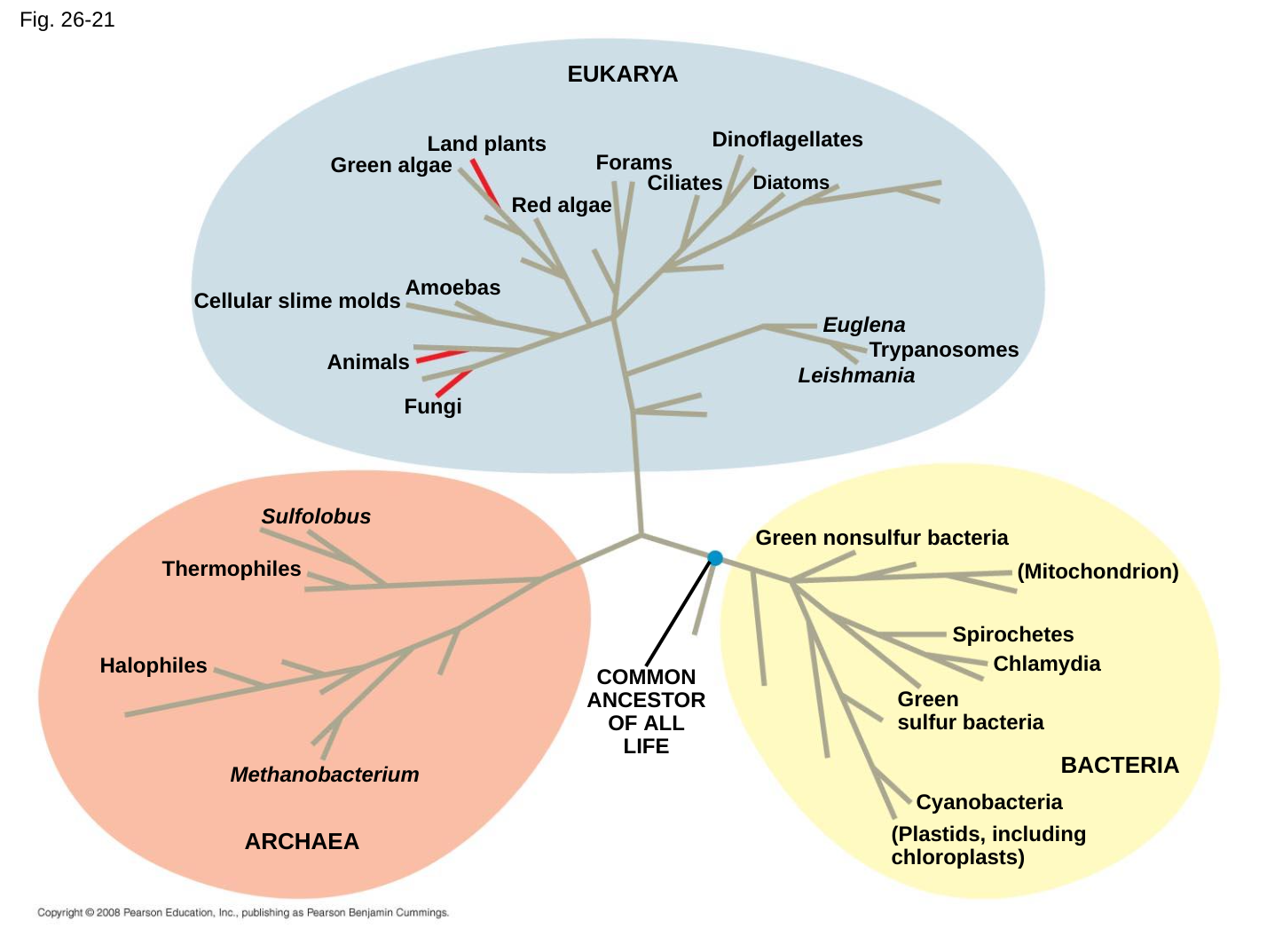speciation
Isolation can lead to speciation!
speciation - the development of a new species
can variation cause a new species?
no, a chihuahua and a grey hound are the same species
species - two organisms that reproduce offspring that can have their own offspring
%%Barriers between gene pools%%
geographic/habitat isolation - physical barriers prevent males and females from the same species of interbreeding
ex: snakes and snails
temporal isolation - species breed during different times of the day, seasons, or years
think of “time” when you hear temporal
diurnal - awake during the day
maybe some of the species is nocturnal and some are diurnal
behavioural isolation - one population’s lifestyle and habits are not compatible with those of another population
ex: courtship ritual
Post-zygotic barriers (isolation)
- hybrid - offspring produced by two different, but similar species
- the hybrids may struggle to survive, ex: some salamanders
- may survive but be sterile, ex: mule
- may be fertile, but the second geration may be sterile. ex: rice species. still considered same species but moving apart
Speciation
speciation - the formation of a new species by splitting an existing species
allopatric speciation - when a species becomes geographically separated
think about squirells separated by the colorado river
sympatric speciation - when species are living in the same area, but some other factor causes speciation
ex: moths and pheromones
Evidence of Evolution
Evolution is supported by data from many different gields of scientific research:
- geographical (ex: location of fossils like whale fossils in sahara dessert)
- geological (ex: age of fossils)
- mathematical
- physical (ex: structures in both modern and extinct organisms)
- biochemical (ex: DNA and protein similarities)
Characteristics
- Traits can be both gained and lost over the course of evolution. These can be used to constroct phylogenetic trees and cladograns (the only difference is that phylogenetic trees usually show time based on fossil evidence or molecular clocks)
- Derived characteristics are ones that evolved in the lineage so organisms that share derived characteristics are more closely related than those that do not
- Molecular evidence (DNA and proteins) is usually the best evidence
an outgroup is a species or group of species that is the most distantly related to the ingroup, the various species being studied
An organism’s evolutionary history is documented in its genome
- comparing nucleic acids or other molecules to infer relatedness is a valuable tool for tracing organisms’ evolutionary history
- DNA that codes for rRNA (ribosomal) changes relatively slowly and is useful for investigating branching points hundreds of millions of years ago
- mtDNA (mitochondrial) evolves rapidly and can be used to explore recent evolutionary events
Molecular Clocks
molecular clock - uses constant rates of evolution in some genes to estimate the absolute time of evolutionary change
Applying a Molecular Clock: The Origin of HIV
- Phylogenetic analysis shows that HIV is descended from viruses that infect chimpanzees and other primates
- Comparison of HIV samples throughout the epidemic shows that the virus evolved in a very clocklike way
- Application of a molecular clock to one strain of HIV suggests that the strain spead to humans during the 1930s
From Two Kingdoms to Three Domains
Early taxonomists classified all species as either plants or animals
Later, five kingdoms were recognized: Monera (prokaryotes), Protista, Plantae, Fungi, and Animalia
More recently, the three-domain system has been adopted: Bacteria, Archaea, and Eukarya
The three-domain system is supported by data from many sequenced genomes.

A Simple Tree of All Life
- The tree of life suggests that eukaryotes and archaea are more closely related to each other than to bacteria
- The tree of life is based largely on rRNA genes, as these have evolved slowly
convergent evolution - similar characteristics evolve in species of different lineages